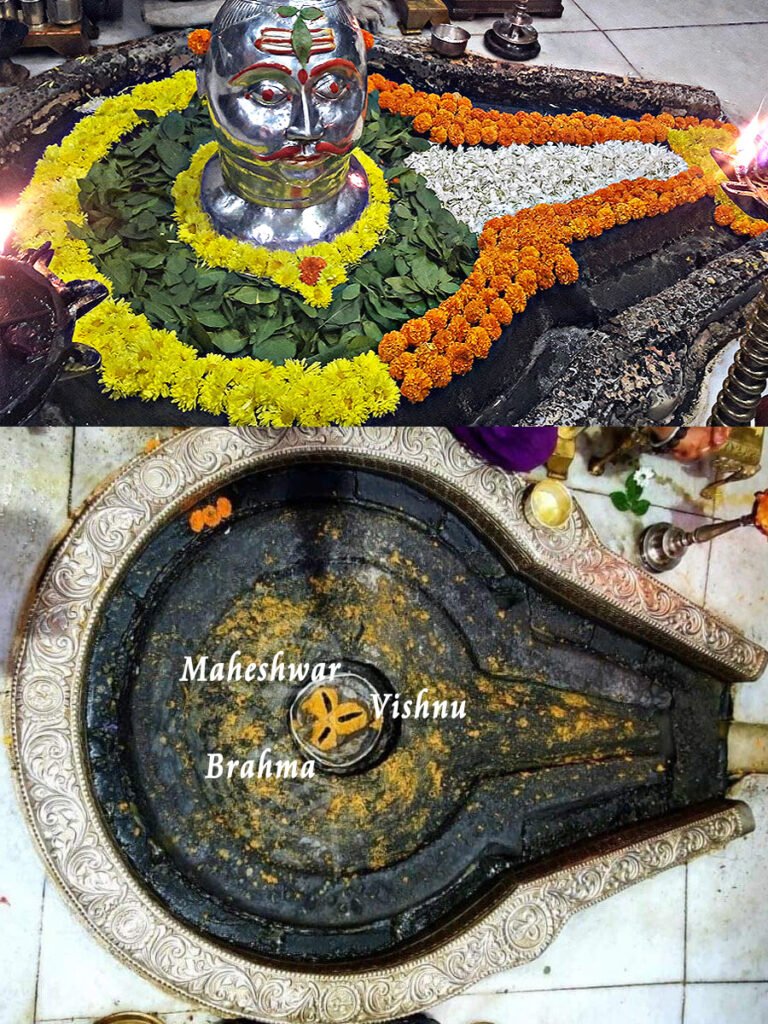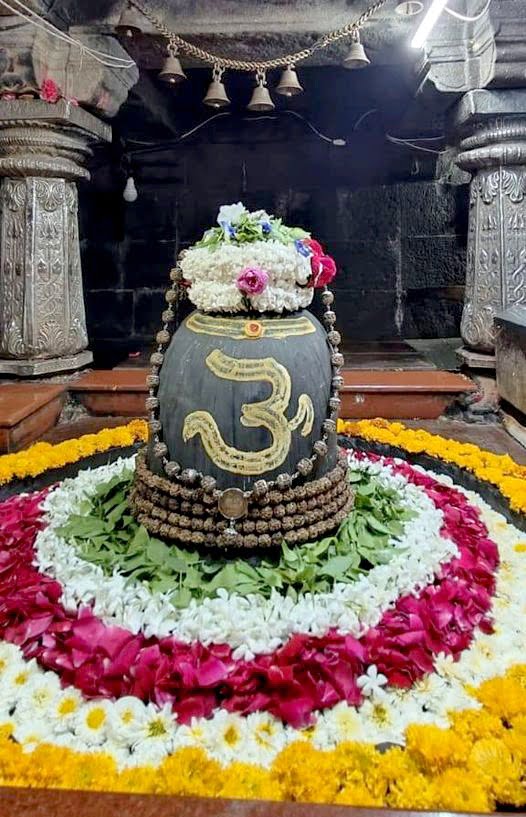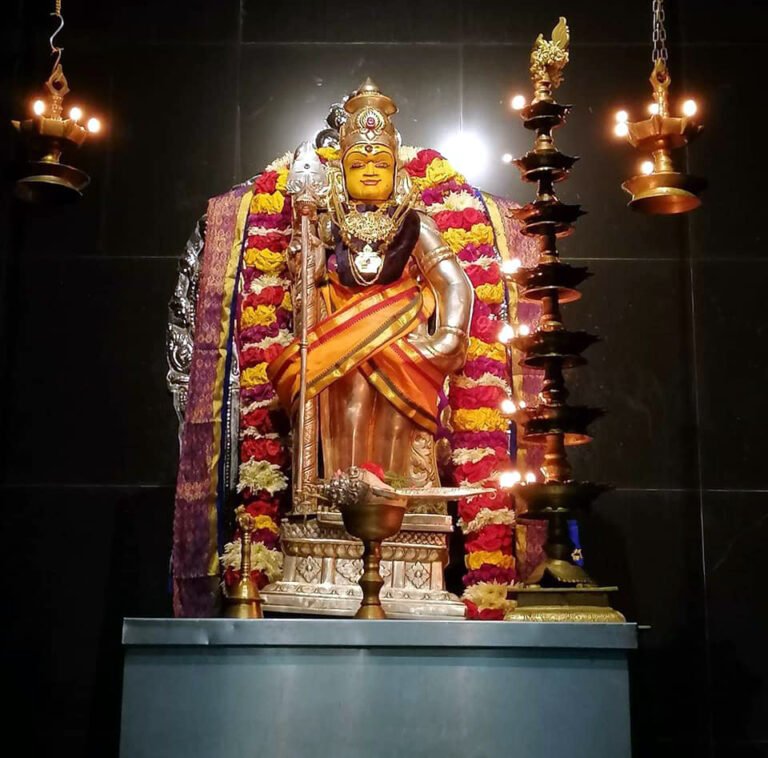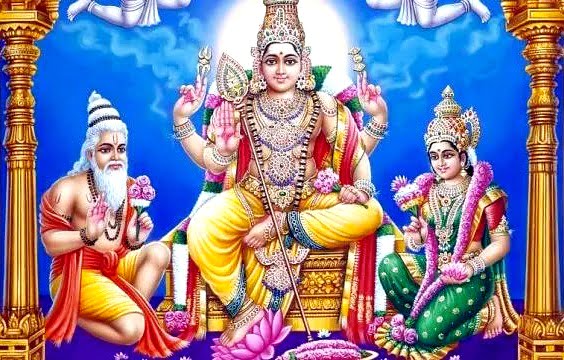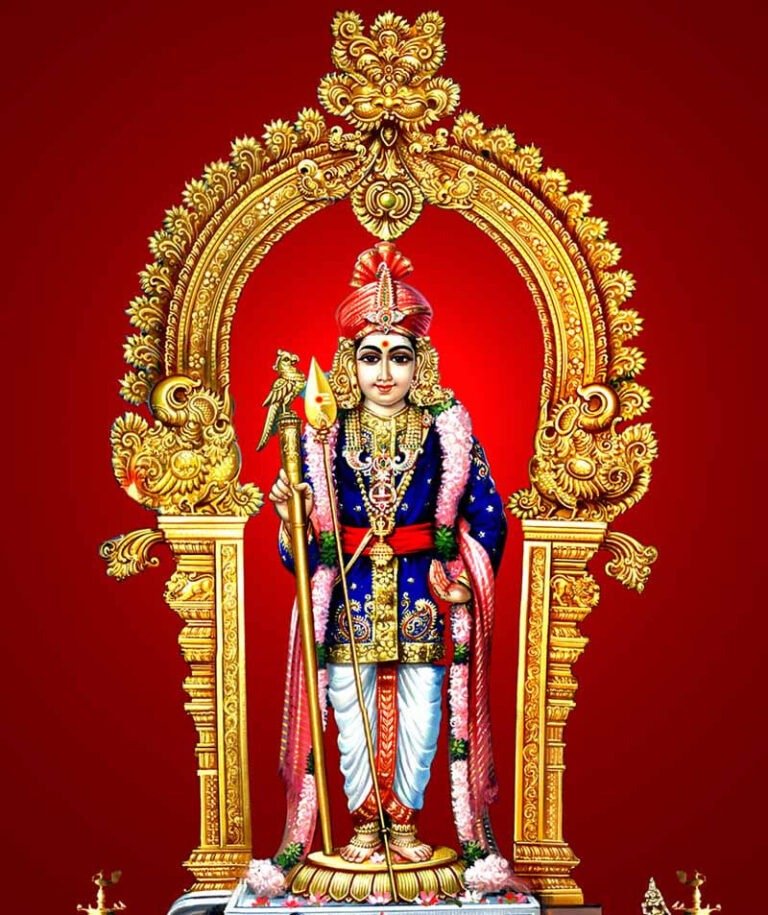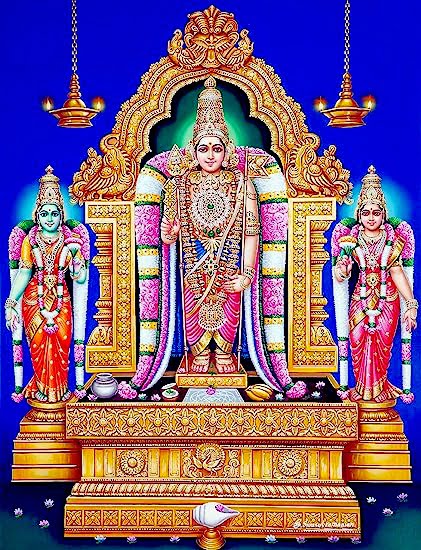11th CE Lempuyang Temple: Bali’s Magical Gate to Heaven!
Lempuyang Temple: magical tour to one of Bali’s most magical destinations – Picture a destination where the sky and earth touch, where old tales murmur in the breeze, and where you can’t help but feel an unmistakable bond to something very, very special. That’s precisely what Lempuyang Temple, situated in the stunning Karangasem Regency in East Bali, is all about!

This isn’t a temple, it’s a spiritual complex nestled far up on the slopes of Mount Lempuyang, commonly referred to as the “Gate of Heaven.” And believe me, when you’re standing between those famous split gates, with the imposing Mount Agung perfectly positioned in the background, you’ll see why! It’s a site that fills your heart and inspires awe, just like it does mine every time I go there.
Contents
- 1 Lempuyang Temple History: A Journey Through Time
- 2 Legend of Lempuyang Temple: Whispers of the Gods
- 3 Significance of Lempuyang Temple: A Spiritual Compass
- 3.0.1 Nageshwar Jyotirlinga Dwaraka: 7th CE Temple with Divine Powers
- 3.0.2 Grishneshwar Temple: Wealth and Pleasure at Shiva’s Feet
- 3.0.3 Kedarnath Temple: One of Jyotirling & Char Dham
- 3.0.4 Trimbakeshwar Jyotirlinga Temple
- 3.0.5 Sacred Kashi Vishwanath Temple: 11th Jyotirling of Liberation
- 3.0.6 Aundha Nagnath Temple: 8th Jyothirling with Divine Serpents
- 4 Architecture: Carvings That Tell Stories
- 5 Myths and Beliefs: More Than Just a Pretty Picture
- 6 Special Days and Rituals: When the Temple Comes Alive
- 7 Special Poojas Performed
- 8 Lempuyang Temple Timings: When to Visit
- 9 Sites to Visit Near Lempuyang Temple
- 9.0.1 Peringottukara Vishnumaya Temple Thrissur
- 9.0.2 Famous Kottiyoor Temple: Timeless Devotion Ignites the Soul
- 9.0.3 Thirumandhamkunnu Temple Angadipuram
- 9.0.4 The Ancient Secret Behind Alathiyoor Hanuman Temple’s Power
- 9.0.5 5000 Years Old Mystery of Guruvayur Temple Kerala
- 9.0.6 The Secret of Aruvikkal Sree Shiva Subrahmanya Swami Temple
- 10 How to Reach Lempuyang Temple: Your Journey to Heaven
Lempuyang Temple History: A Journey Through Time
Let’s begin our journey by going back in time, way, way back to the 11th century. Can you believe that? That’s nearly a thousand years ago! That was when Lempuyang Temple was supposedly established. It was King Udayana’s and his queen’s time when a great priest called Mpu Kuturan assisted in the building of numerous significant temples in Bali, including this one.
Imagine it this way: Bali is a island with gorgeous stories and ancient customs, and these temples are like the pages of the stories. Lempuyang Temple is one of the oldest and most revered, a real spiritual cornerstone of Bali. It’s not a temple alone, however; it’s a complex of seven temples, scattered up the sides of Mount Lempuyang. The one you see in all the famous photos, the “Gate of Heaven,” actually goes by the name Pura Penataran Agung Lempuyang, and it’s the central temple that you’ll be visiting.
People have tended to this special site for many, many years, restoring and refurbishing it to maintain its beauty and spirit. It’s a living expression of the strong religion and rich tradition of the Balinese people.
Read More>> Thousand Pillar Temple: India’s Amazing 1000 Pillar Temple!

Legend of Lempuyang Temple: Whispers of the Gods
Finally, for a seriously magical segment of our tale – the legends! Balinese exist in a world of mighty gods and goddesses, and those beliefs are interwoven into the very soul of Lempuyang Temple. One interesting legend, as recorded in an old book known as Lontar Kutara Kanda Dewa Purana Bangsul, reveals to us something simply marvelous.
Think about when great Sang Hyang Parameswara transported mountains to Bali from Jambhudwipa (that’s what they used to call India!) himself. He transported a piece of grand Mount Mahameru, a highly sacred mountain, here. They split this piece into three large portions and loads of smaller ones. The middle segments turned into Mount Batur and Mount Rinjani, with the topmost peak turning into Mount Agung, the very volcano you can see from the “Gate of Heaven”! The remaining smaller chunks turned into all the other mountains and hills in Bali, including our very own Mount Lempuyang.
This myth states that Sang Hyang Parameswara set these mountains as sacred places where gods could reside and protect Bali. And in particular, his son Sang Hyang Agnijayasakti was descended to Mount Lempuyang (also Gunung Gamorangan) to assist in safeguarding Bali and keeping it prosperous, along with other gods. This informs us about just how very significant Lempuyang Temple is, as it’s said to be a residence of these divine beings, particularly of Ida Sang Hyang Widhi Wasa, who takes the form of the god Iswara, guarding the eastern region of Bali.
Isn’t that an amazing tale? It makes you feel like you’re entering a story in which gods roamed with humans!
Read More>> Most Powerful Mata Baglamukhi Temple Bankhandi Kangra
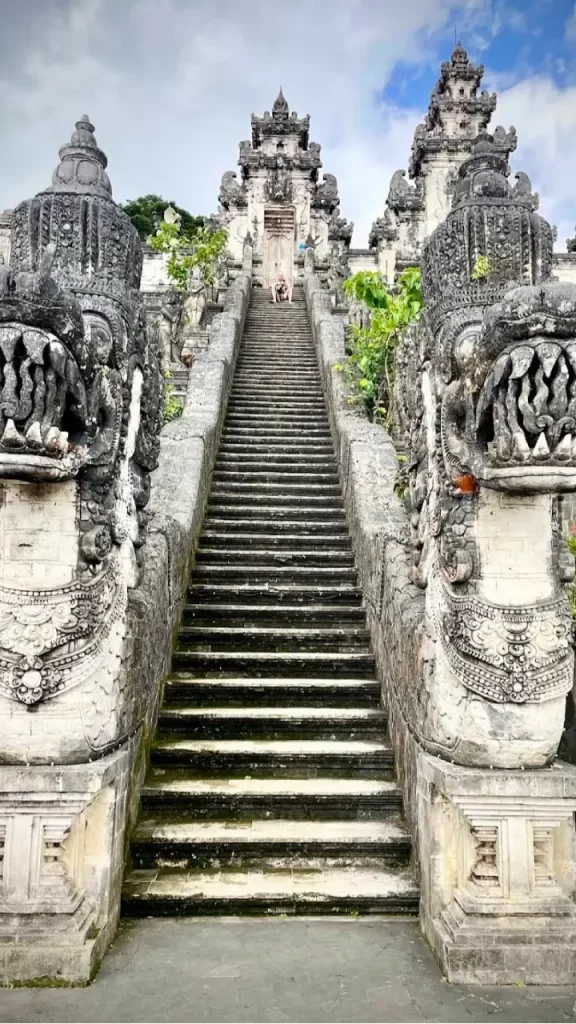
Significance of Lempuyang Temple: A Spiritual Compass
Why is Lempuyang Temple soooo, soooo significant to the Balinese? Well, it’s one of the Sad Kahyangan Jagad, meaning that it’s one of Bali’s six main holy places, or “spiritual pillars.” These six temples are like giant shields, strategically positioned around the island to guard it from evil and keep the cosmos in balance. Lempuyang Temple, since it’s in the east, has a huge role to play in this shield.
For Balinese Hindus, a visit to this temple is an intimate spiritual experience, a pilgrimage. They pray here, seek closeness with the divine, and blessings. It’s a place where the spiritual vibrations are so powerful that you can feel it permeating the atmosphere. The temple is for Ida Sang Hyang Widhi Wasa, in the form of Iswara, the keeper of the East.
Although most visitors today come for the famous “Gate of Heaven” photograph, it’s important to keep in mind that this is a very holy place of worship. It’s a site for prayer, quiet reflection, and reverence. It’s where the Balinese go to reassert their faith and perpetuate age-old traditions handed down through generations.
Architecture: Carvings That Tell Stories
If you glance at Lempuyang Temple, you’ll see how intensely stunning and ornate it is. The design is a beautiful representation of classic Balinese architecture, full of symbolism and meaning.
The world-renowned section, naturally, is the Candi Bentar, the split gate that’s a symbol of fame. The gates aren’t merely for walking through; they’re like an entryway between the mortal world and the afterlife. They are intricately sculpted with images of Hindu deities and goddesses, narrating wordless stories. You’ll also notice grand dragon statues standing guard along the stairs that ascend to the gates – these dragons are mighty symbols in Hindu religion, said to guard the temple as well as all who visit.
The temple complex itself is segmented into three major areas, following a concept known as Tri Mandala:
Nista Mandala (Jaba Pisan): This is the outer court, such as a reception courtyard. You may find buildings such as the Bale Kul Kul (wooden tower of slit drums) and Bale Gong (repository of the traditional gamelan musical instruments).
Madya Mandala (Jaba Tengah): This sanctum is in the middle, accessed by three more lovely white-painted entrances. The side doors are reserved for coming and going, while the middle door is opened only for very special religious rituals, so sacred things can pass through. Take a close look, and you will find more dragon and puppet figures standing watch over these gates!
Utama Mandala (Jeroan): It is the holiest section, the inner main sanctum. Here is where you’ll find the most sacred pavilions and shrines, such as Meru (multi-tiered towers) and Pelinggih (shrines) for the different gods. Padmasana temples are also present, which are essentially vacant stone thrones, which are dedicated to the Trimurti – the three principal Hindu gods: Brahma (the creator), Vishnu (the preserver), and Shiva (the destroyer).
Each carving, each stone, each gate has a piece of the Balinese spiritual tale. Walking through a huge, stunning stone storybook, it feels like!
Read More>> Anjani Mahadev Temple: Waterfall on Shivling
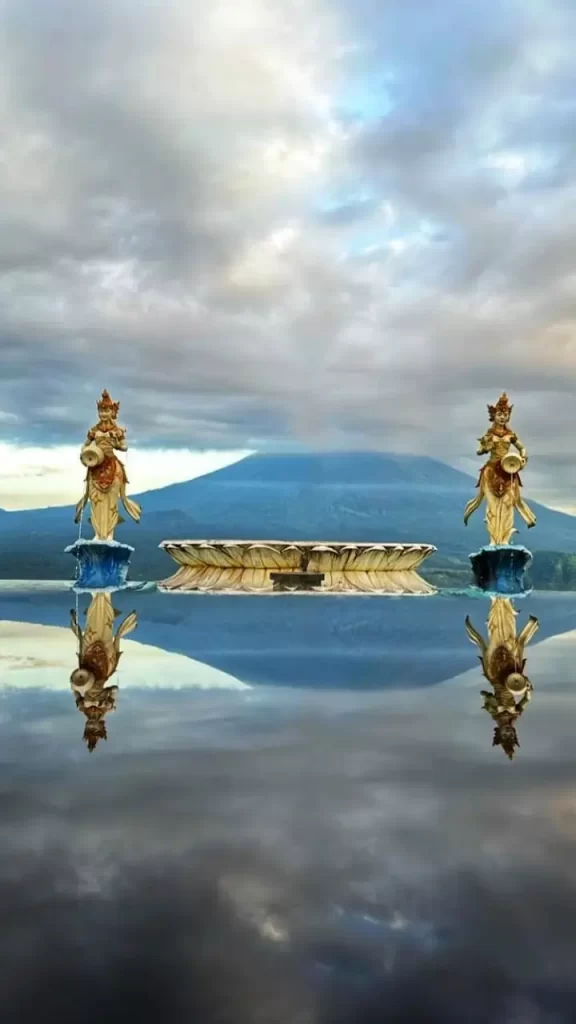
Myths and Beliefs: More Than Just a Pretty Picture
Aside from the sweeping legends, there are numerous mini-myths and beliefs that make Lempuyang Temple all the more unique. For example, you are not supposed to complain while traversing the challenging climb to the top, lest your trip will only be longer and tougher! So, it’s a good reminder to always have a positive outlook, even when confronted with a challenge.
The temple is also where individuals carry out certain rituals to purify and bless themselves. Balinese Hindus hold that reciting prayers and offering offerings here can purify their souls and deliver good luck. You may even catch offerings spread out, colorful and aromatic, a lovely act of piety.
It’s worth keeping in mind that for locals, this isn’t merely a tourist spot to snap pictures. It is a living, breathing spiritual hub, and every tradition and belief is deeply revered.

Special Days and Rituals: When the Temple Comes Alive
Picture a grand birthday party, only this time, it’s for a temple! That’s what is celebrated during the Piodalan or Pujawali ceremony. This is the birthday of the temple, and it’s a very lively and colorful celebration. This special ceremony occurs every 210 days according to the Balinese calendar, normally on a Thursday (Wraspati Umanis, Wuku Dungulan), or a day after the well-known Galungan festival.
At Piodalan, the temple is adorned with the loveliest of cloths, flowers, and leaves. The gamelan (Balinese traditional music) fills the air, and occasionally there are even traditional dances to amuse the gods. Women are occupied creating elaborate offerings, and men cook special foods. It’s a time of huge celebration and worship, when the temple is really brought to life with spiritual power.
These days Lempuyang Temple is at its truest to life and loveliest. If you are fortunate enough to be in Bali for a Piodalan, it is a wonderful experience to see.
Crowded Days: Now, let’s discuss crowds! Since Lempuyang Temple is widely known, particularly because of its “Gate of Heaven” photo, it becomes really crowded. Weekends, holidays, and particularly Balinese festivals such as Piodalan (as discussed earlier) are the most crowded days. The peak season, which typically runs from July to August and December to January, also experiences a huge number of visitors.
If you’d prefer to have a more serene experience and miss out on the photo queues, which at times reach two hours, it’s always better to go early morning, preferably before 9 AM, or towards evening, after 3 PM. Early morning also provides cooler climates and stunning, clear pictures of Mount Agung, ideal for those great pictures.
Special Poojas Performed
While certain names of daily poojas are not well known to tourists, understand that daily offerings and prayers are an integral part of temple life. The principal mode of worship here, as in most Balinese Hindu temples, is offering respect and devotion to the gods. In the Piodalan ceremony, the poojas are more elaborate with sophisticated rituals, holy chants (usually conducted by priests called pemangku), and huge collective offerings. The emphasis is to give thanks, pray for blessings, and preserve peace with the gods and nature.
The Lempuyang Temple priests are traditionally of a certain line, which means their office passes down through generations to retain sanctity and continuity of ritual.
Read More>> Martand Sun Temple: Where Sunbeams Kiss Stone
Lempuyang Temple Timings: When to Visit
Lempuyang Temple is generally open every day from 7:00 AM to 5:00 PM for visitors. However, for devotees who wish to perform pooja or engage in deeper worship, the temple is often accessible for longer hours, sometimes even 24 hours.
When planning your visit, remember these important tips:
Dress Humble: This is a holy site, so be respectful. You will be required to cover your shoulders and knees. Sarongs and sashes are generally available at the entrance (sometimes for a modest rental fee or part of the entrance/shuttle fee). A plain t-shirt is adequate for your shoulders.
Respectful Conduct: Refrain from loud talk, touching holy items, or displays of affection in public.
Menstruating Women: According to Balinese Hindu tradition, menstruating women are not allowed to go to the temple.
Read More>> Divine Mata Vaishno Devi Temple | Shaktipeeth Complete Guide
Sites to Visit Near Lempuyang Temple
Once you’ve enjoyed the enchantment of Lempuyang Temple, there are plenty of other great sites around that continue the cultural and religious pilgrimage:
Tirta Gangga Water Palace: A short drive away, a stunning ex-royal water palace with pretty ponds, fountains, and sculptures. It is a peaceful spot, ideal for a leisurely walk and some great photos.
Taman Ujung Soekasada: Another water palace, this one combining Balinese, Chinese, and European architecture. A grand and pretty estate that is sometimes used for pre-wedding photos.
Amed Beach: If you are an ocean lover, then Amed is the perfect place to snorkel and dive. The ocean here is full of colorful coral reefs and fish. It’s also an ideal place to unwind and enjoy a stunning sunrise.
Besakih Temple (The Mother Temple of Bali): Although a bit further away, Besakih is Bali’s largest and most sacred temple complex, found on the slopes of Mount Agung. It’s a vast property with more than 80 temples, providing a profound insight into Balinese Hinduism. If time allows and you’re willing to have yet another important spiritual experience, this place is a must-see.
Tenganan Village: It is one of Bali’s old villages, where the island’s native people, the Bali Aga, live on and continue their traditional practices and distinctive traditions. It’s an interesting look at another aspect of Balinese culture.
How to Reach Lempuyang Temple: Your Journey to Heaven
The Lempuyang Temple is found within Tista Village, Abang District, Karangasem Regency, eastern Bali. It is approximately a 2 to 2.5-hour drive from major tourist destinations such as Ubud or Seminyak.
Following are the most frequent methods to reach there:
Hiring a Private Driver: This is the most sought-after and convenient option, especially for groups or families. You can rent a car with a driver for the day, and they will drive you straight to the temple and other surrounding attractions. It is comfortable and flexible, and your driver can frequently provide local advice.
Scooter Rental: If you’re a brave traveler and not afraid to ride a scooter, you can rent a scooter. This allows you to get around on your own time. But keep in mind that the roads of East Bali are often curved and sometimes rough, so only opt for this if you’re an experienced rider.
Group Tours: Several tour companies provide daily excursions to Lempuyang Temple that may include stops at other local sites such as Tirta Gangga and Taman Ujung. This is a convenient option as transportation as well as, in some cases, entrance fees are part of the package. Some even have shuttle options from nearer the temple if you do not want to climb all the way up.
When you get to the foot of the temple, there’s normally a shuttle (for a minimal charge, normally around IDR 50,000 or roughly $3.50 USD) that brings you nearer to the main Pura Penataran Agung Lempuyang, where that well-known “Gate of Heaven” is located. Then you will still have to walk, but it’s much easier than climbing right from the bottom. If you wish to visit the whole complex of seven temples, get ready for an invigorating but demanding hike of more than 1,700 steps to the top temple, Pura Lempuyang Luhur!
And so, my friends, as you can see, Lempuyang Temple is far more than a mere pretty picture spot. It is a temple imbued with history, rich in legend, and filled with spiritual energy. It’s a location where you’re able to feel the old soul of Bali and connect with its deep culture. I hope this guide prepares you for your amazing adventure to the “Gate of Heaven” and that you experience the same sense of awe and peace that I do with each visit. Safe travels, and may your trip be filled with lovely moments!




